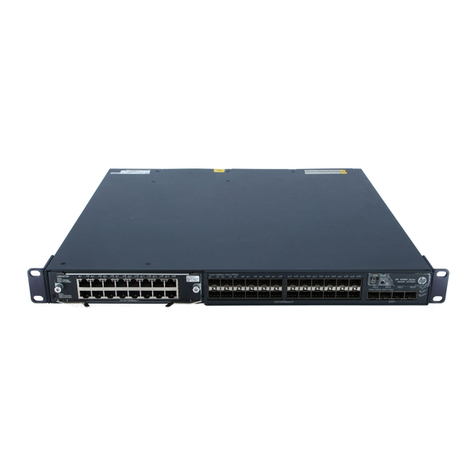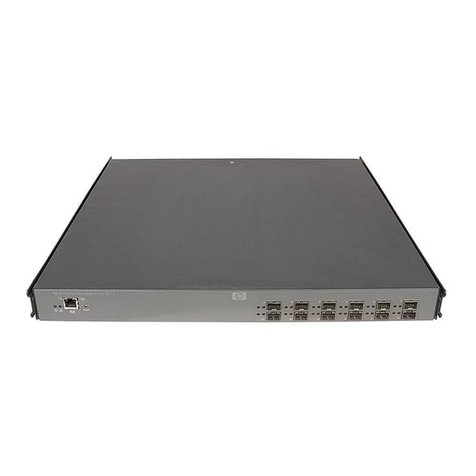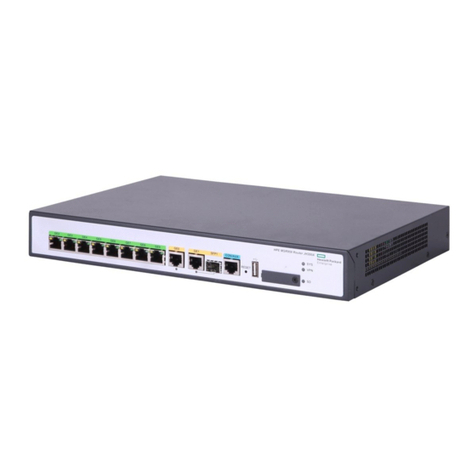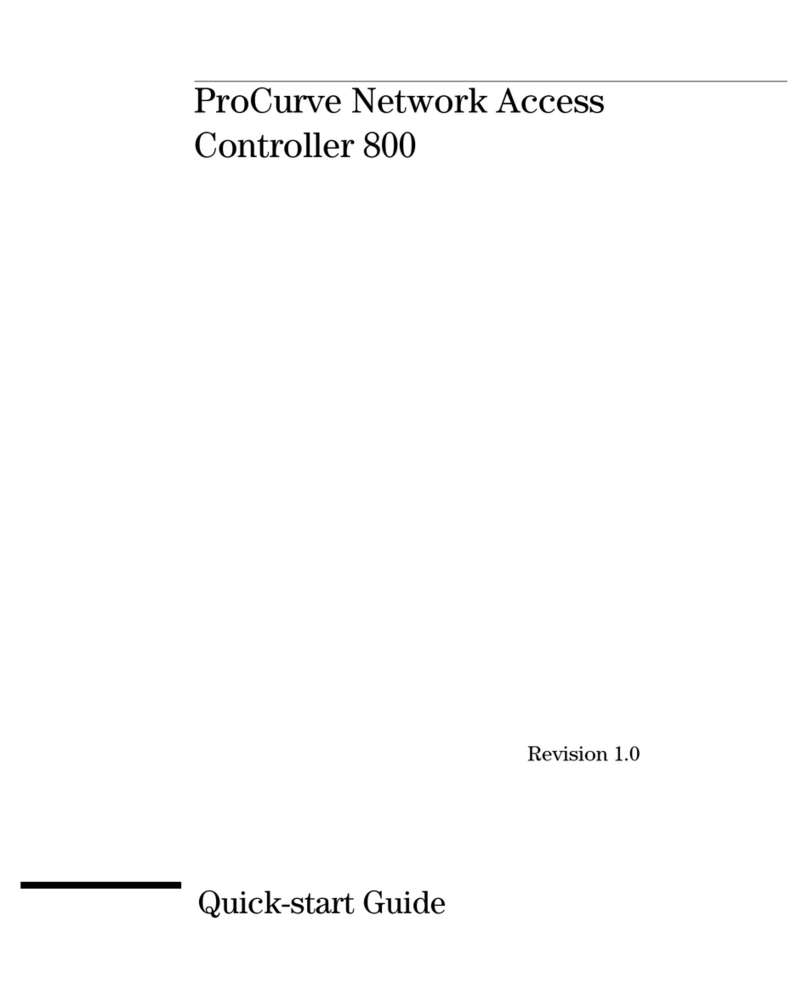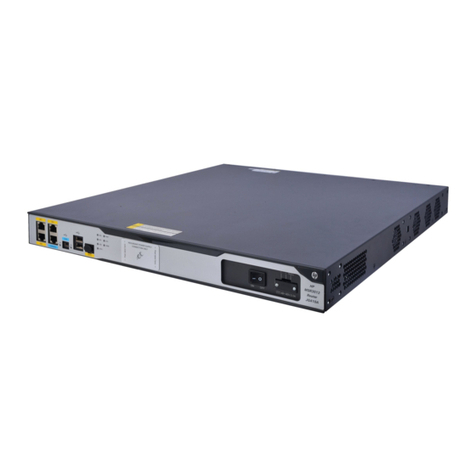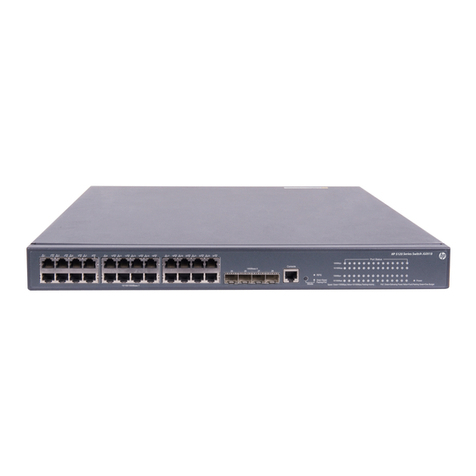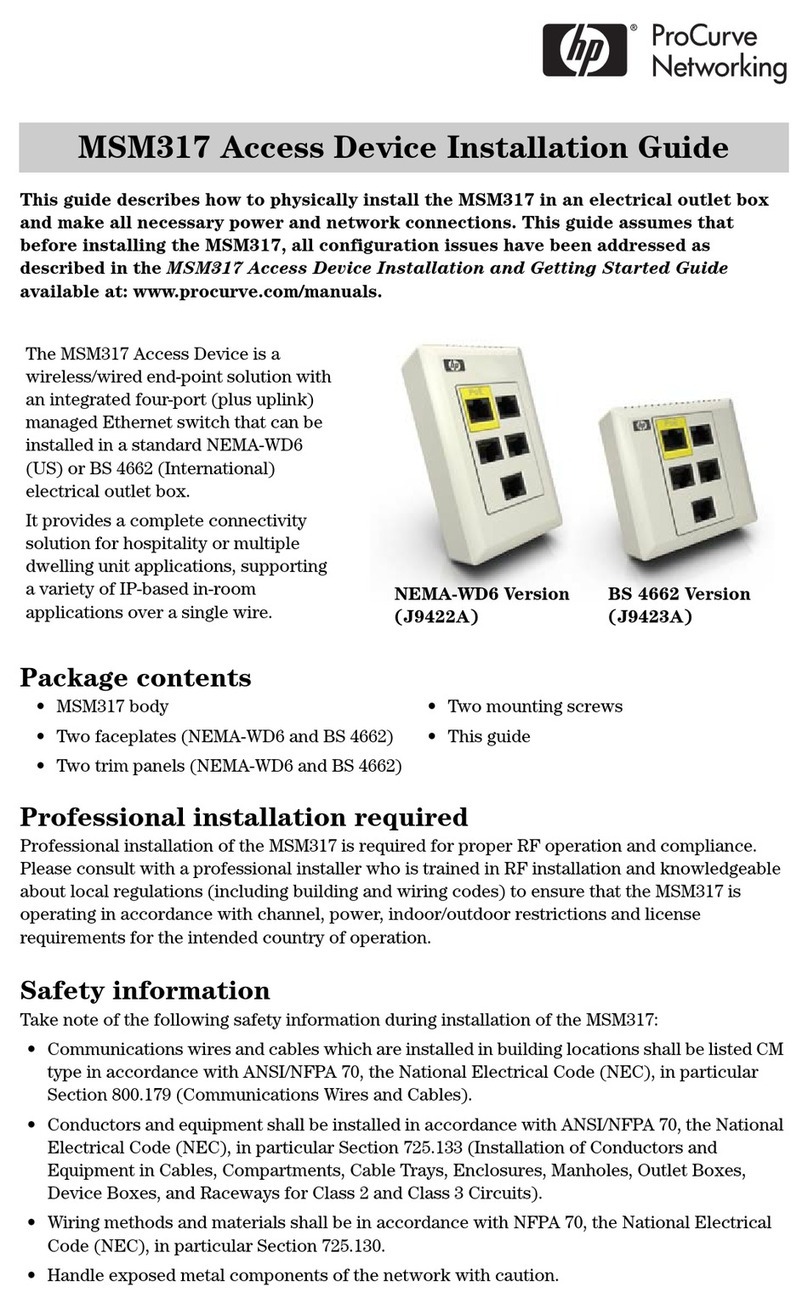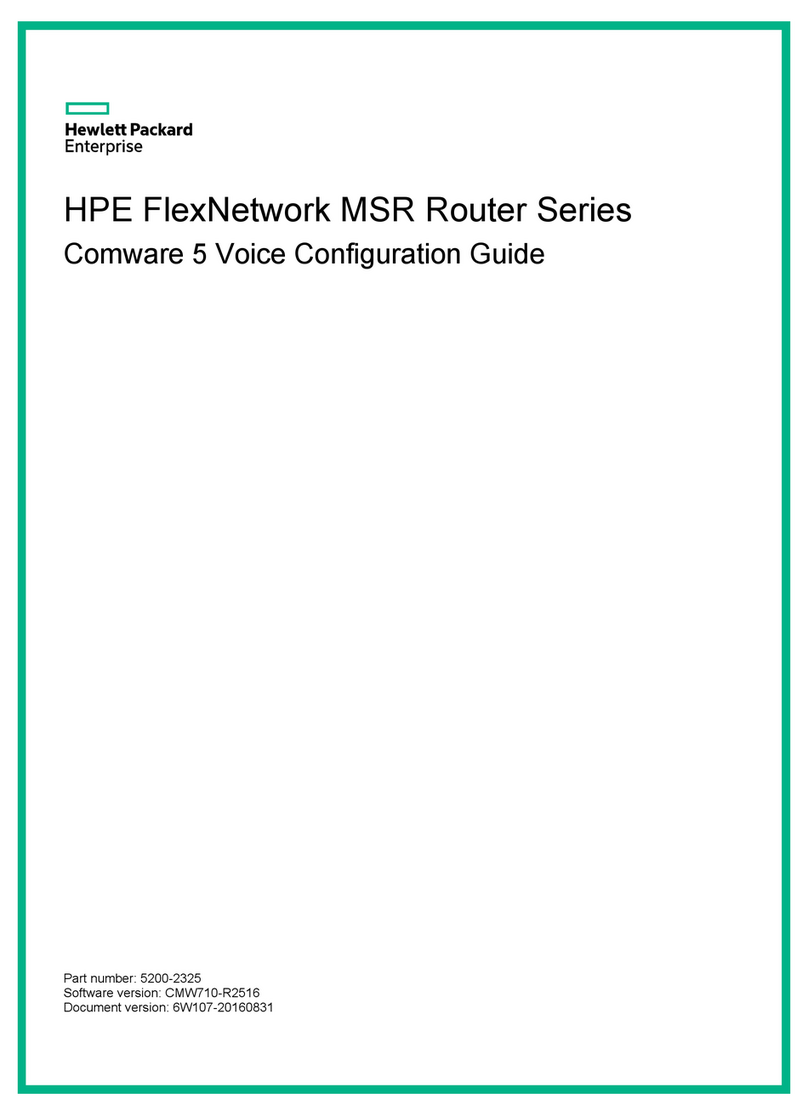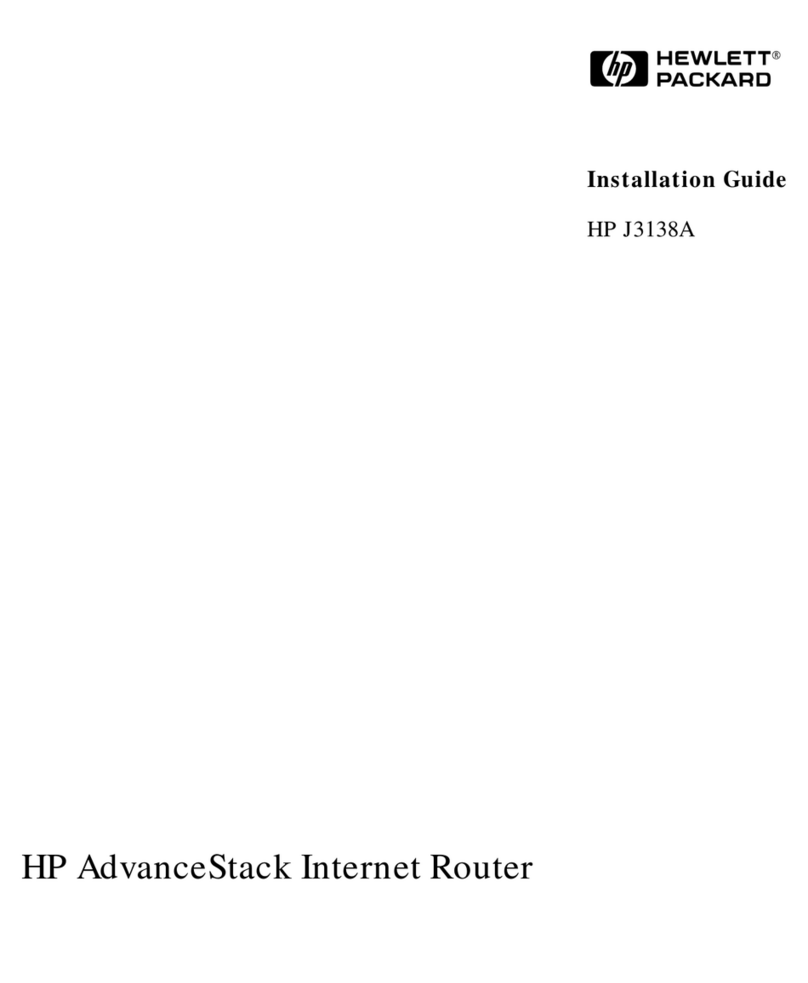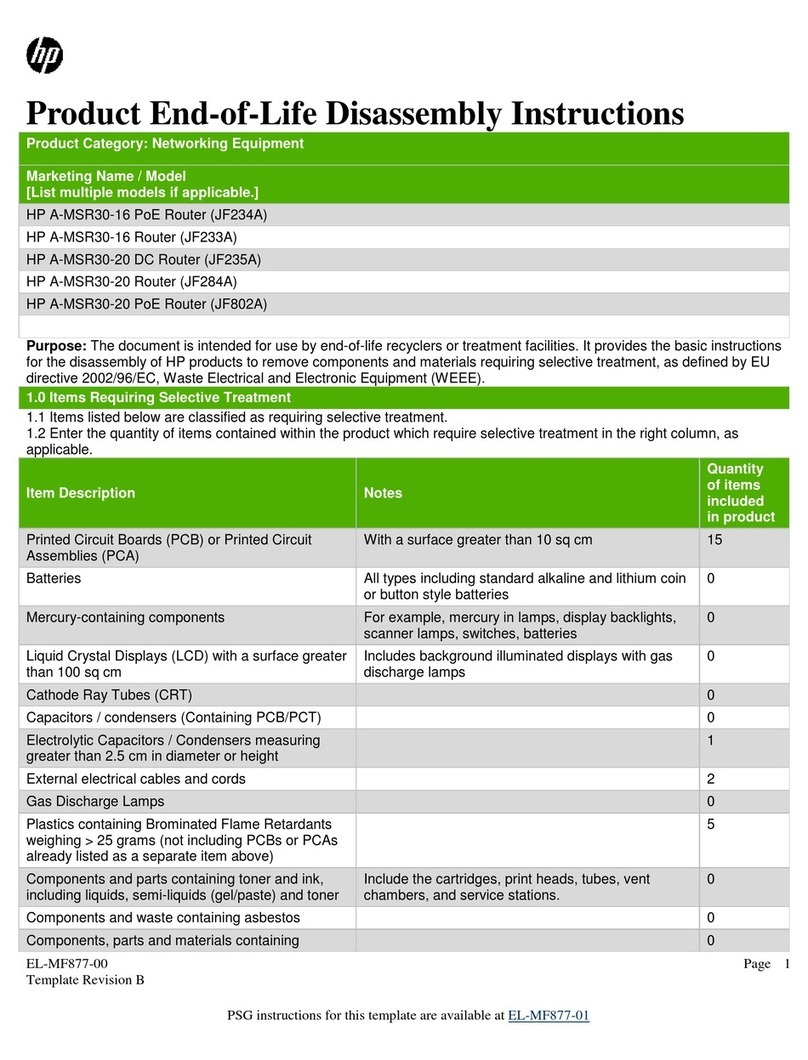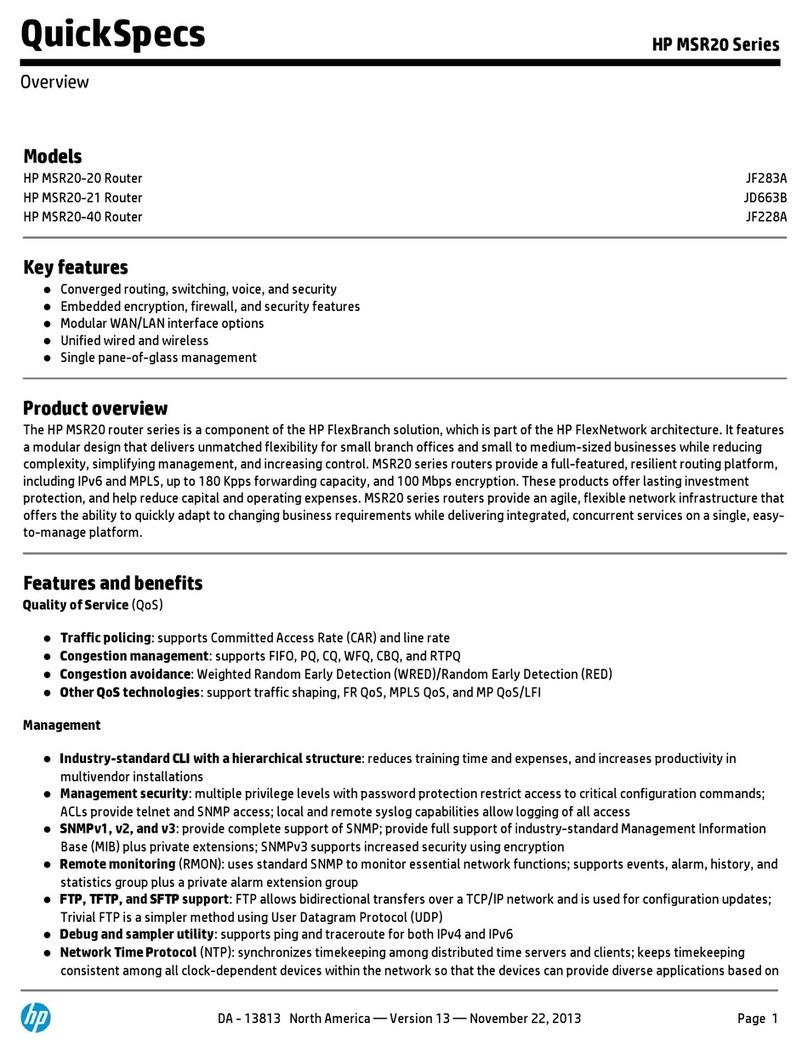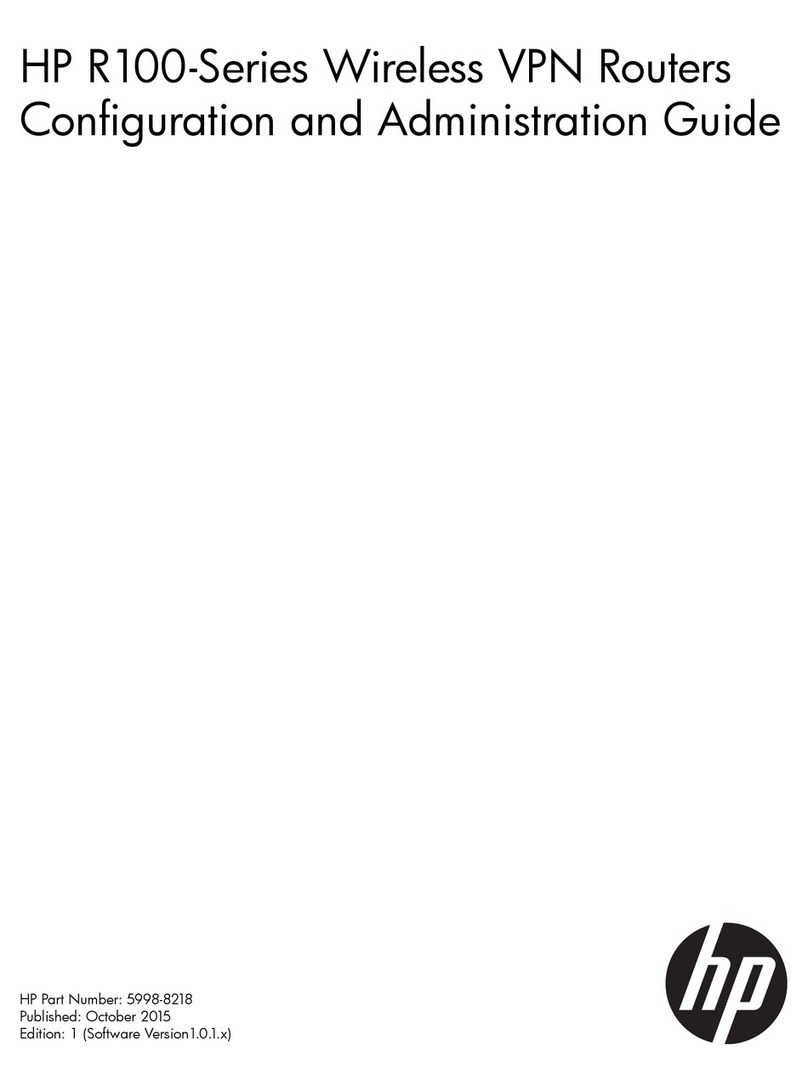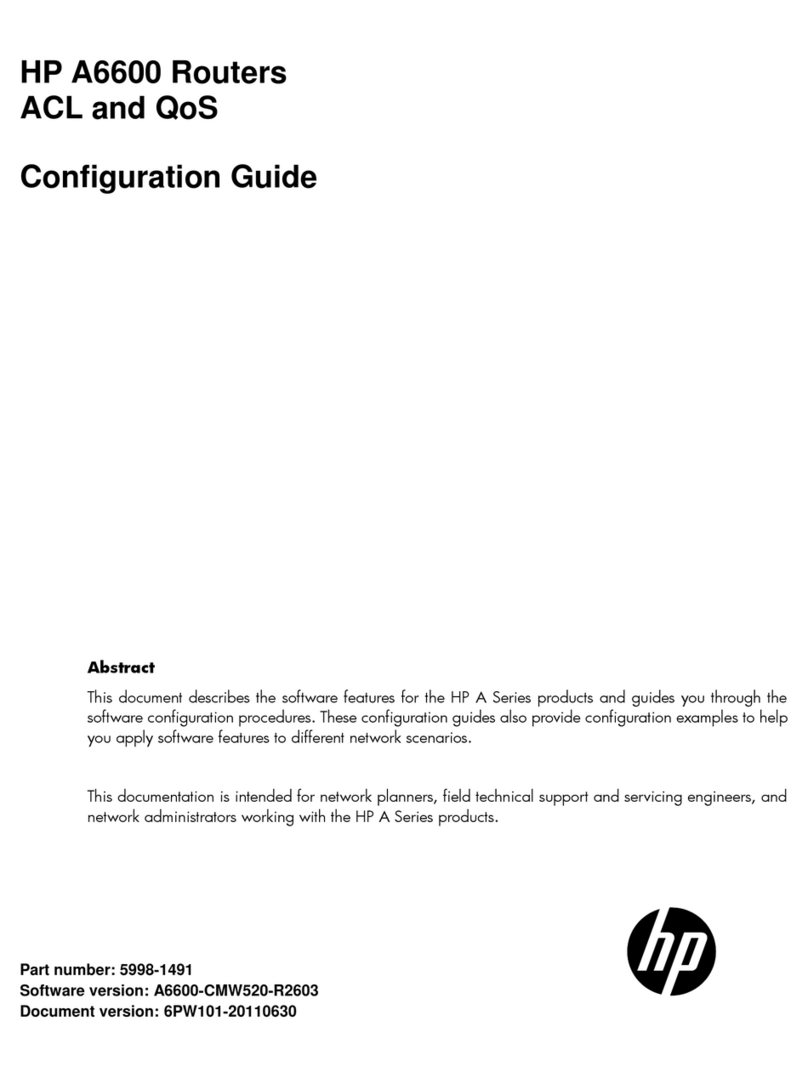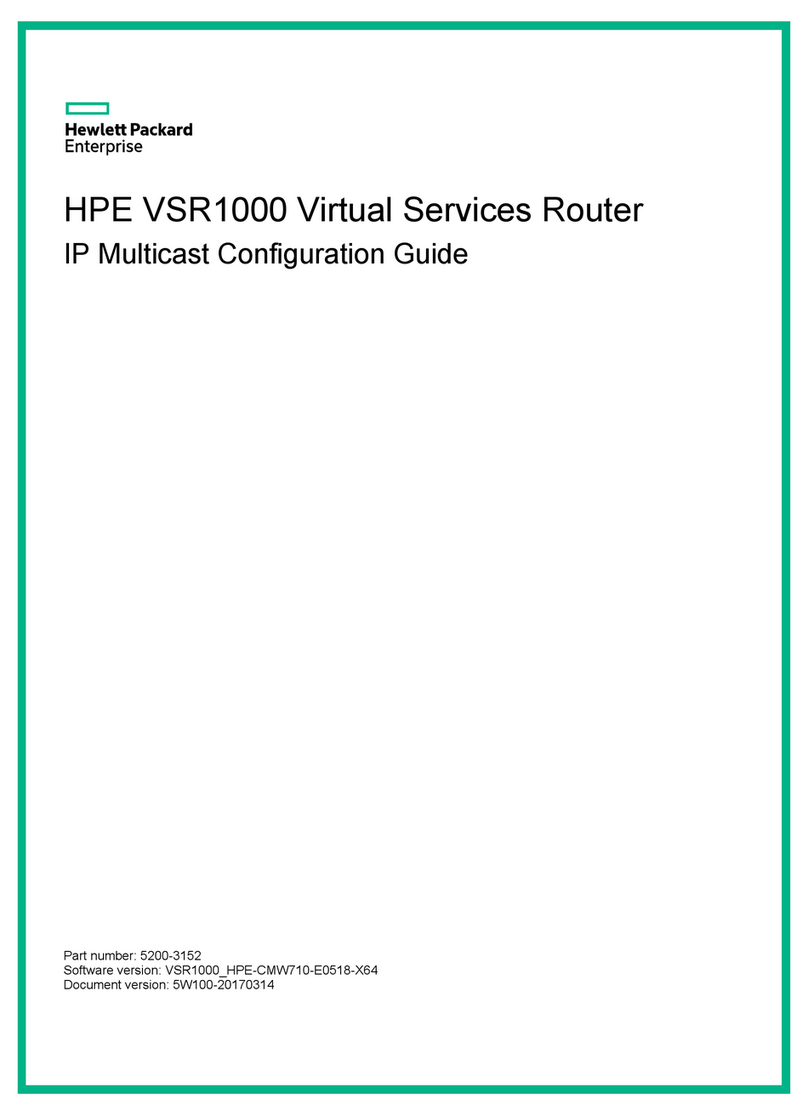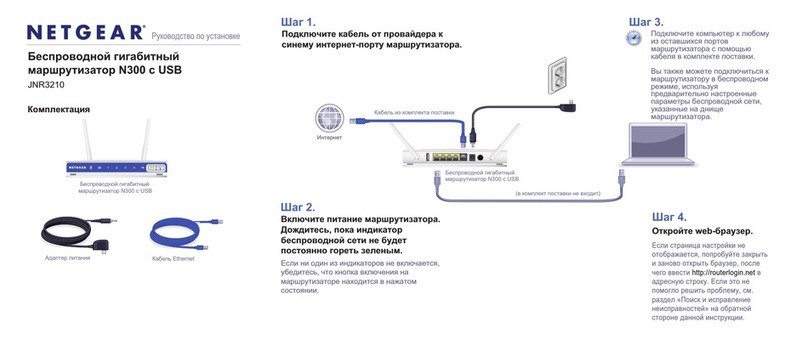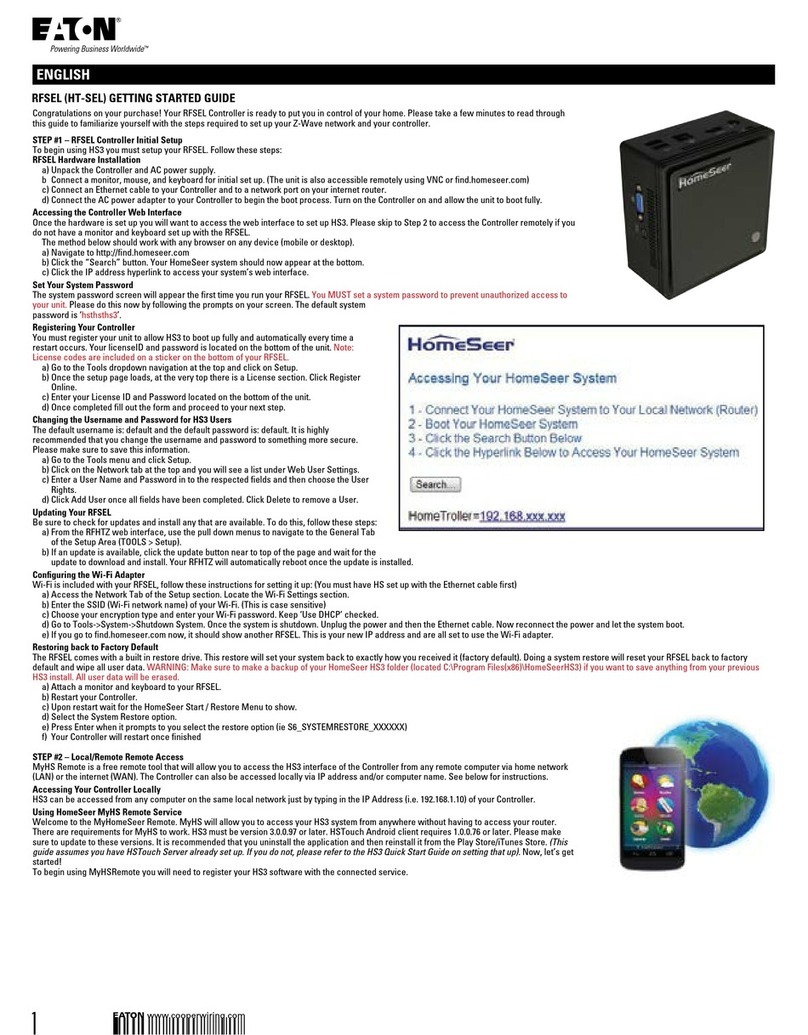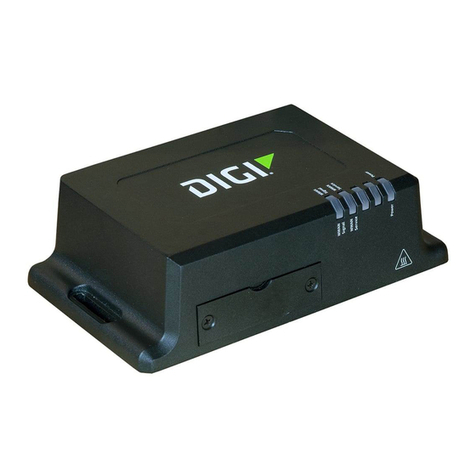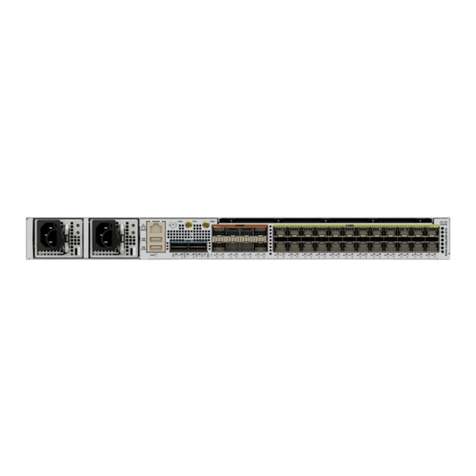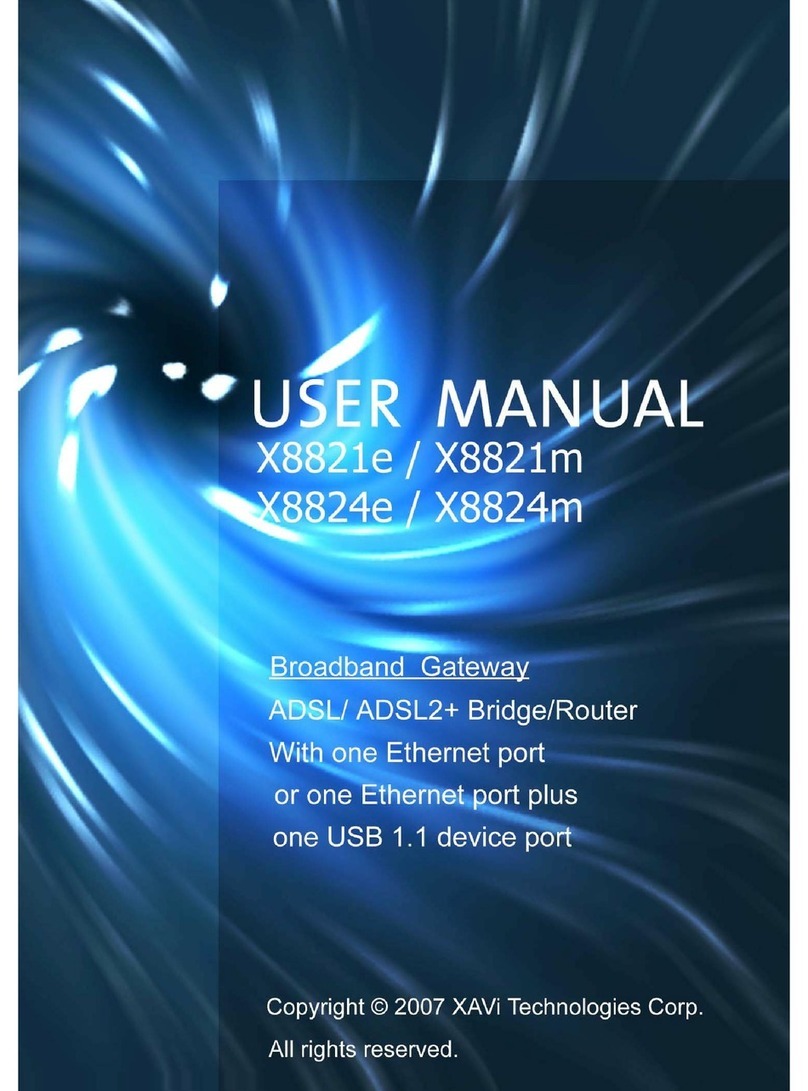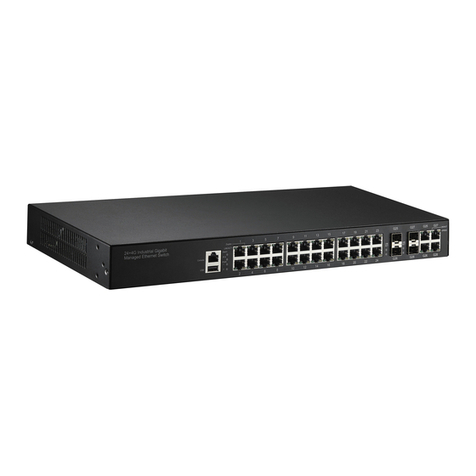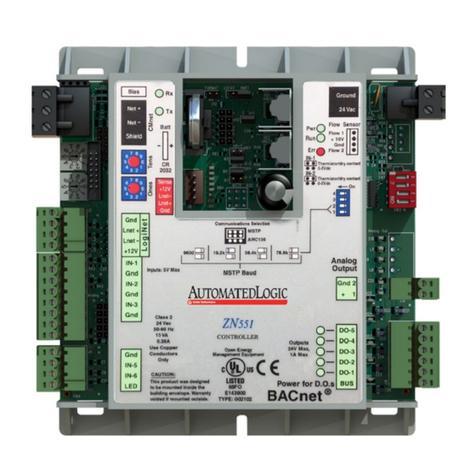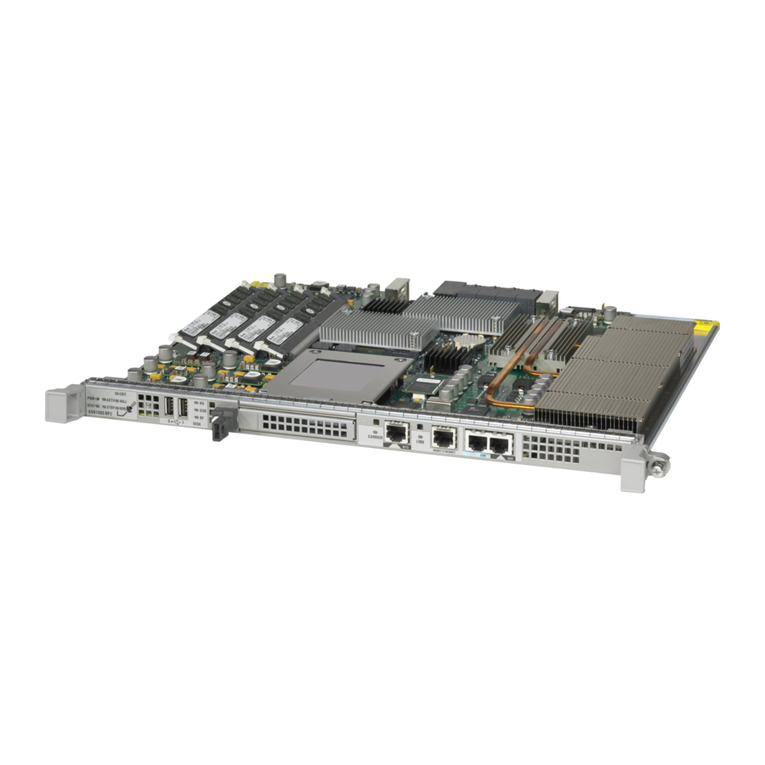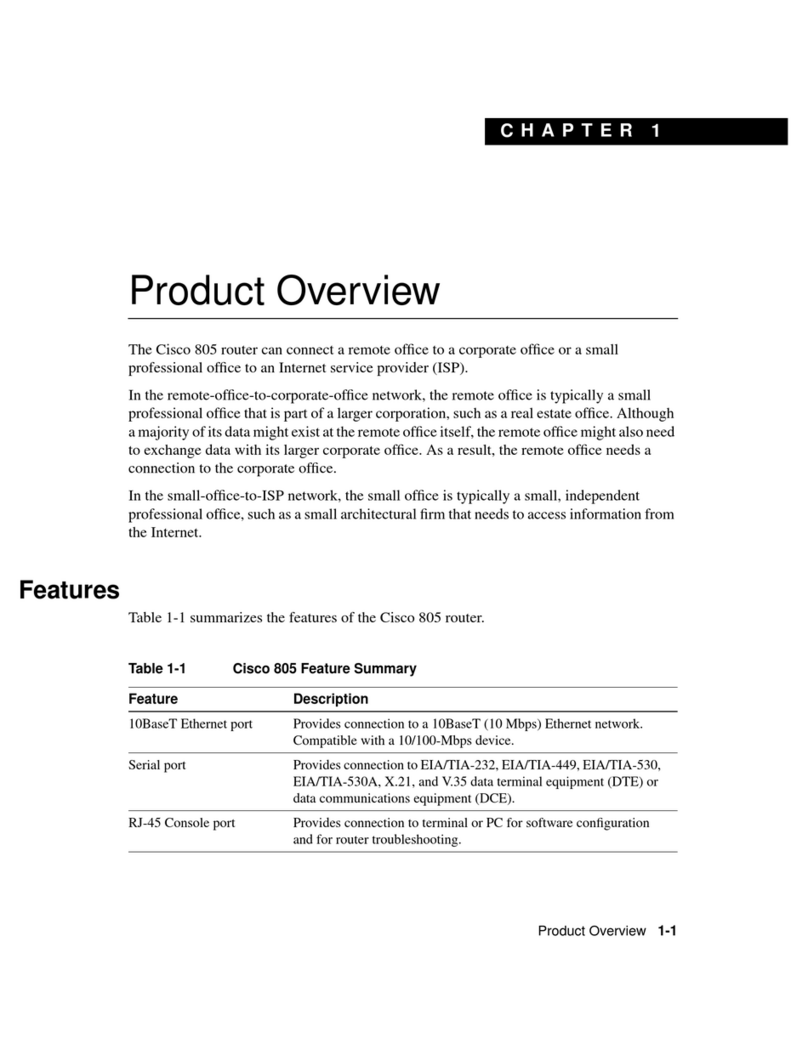
ii
Traffic forwarding ·····································································································································44
Automatic bandwidth adjustment·············································································································46
CR-LSP backup ·······································································································································46
FRR··························································································································································46
DiffServ-aware TE····································································································································47
MPLS LDP over MPLS TE·······················································································································49
Protocols and standards ··························································································································50
MPLS TE configuration task list·······················································································································51
Configuring basic MPLS TE·····························································································································51
Configuring DiffServ-aware TE ························································································································52
Creating an MPLS TE tunnel over a static CR-LSP·························································································53
Configuration prerequisites······················································································································53
Configuration guidelines···························································································································53
Configuration procedure···························································································································53
Configuring an MPLS TE tunnel with a dynamic signaling protocol·································································54
Configuring MPLS TE properties for a link·······························································································55
Configuring CSPF····································································································································56
Configuring RSVP-TE advanced features ·······································································································59
Configuring RSVP reservation style·········································································································59
Configuring RSVP state timers ················································································································60
Configuring the RSVP refresh mechanism ······························································································60
Configuring the RSVP hello extension·····································································································61
Configuring RSVP-TE resource reservation confirmation········································································61
Configuring RSVP authentication·············································································································62
Configuring DSCP for outgoing RSVP packets························································································62
Configuring RSVP-TE GR························································································································62
Configuring cooperation of RSVP-TE and BFD·······················································································63
Tuning CR-LSP setup······································································································································63
Configuring the tie breaker in CSPF ········································································································63
Configuring route pinning·························································································································64
Configuring administrative group and affinity attribute·············································································64
Configuring CR-LSP reoptimization·········································································································65
Tuning MPLS TE tunnel setup·························································································································65
Configuring loop detection ·······················································································································66
Configuring route and label recording······································································································66
Configuring tunnel setup retry··················································································································66
Assigning priorities to a tunnel·················································································································67
Configuring traffic forwarding···························································································································67
Forwarding traffic along MPLS TE tunnels using static routes·································································67
Forwarding traffic along MPLS TE tunnels using policy routing·······························································67
Forwarding traffic along MPLS TE tunnels through automatic route advertisement································68
Configuring traffic forwarding tuning parameters·····························································································70
Configuring the failed link timer················································································································70
Configuring automatic bandwidth adjustment··································································································71
Configuration guidelines···························································································································71
Configuration procedure···························································································································72
Configuring CR-LSP backup····························································································································72
Configuring FRR ··············································································································································73
Enabling FRR on the ingress node of a protected LSP ···········································································73
Configuring a bypass tunnel on its PLR···································································································74
Configuring node protection·····················································································································75
Configuring the FRR polling timer············································································································75
Inspecting an MPLS TE tunnel ························································································································76
Configuring MPLS LSP ping ····················································································································76
Configuring MPLS LSP tracert·················································································································76
Configuring BFD for an MPLS TE tunnel·········································································································76
Configuration guidelines···························································································································77
Configuration prerequisites······················································································································77
Configuration procedure···························································································································77
Configuring periodic LSP tracert for an MPLS TE tunnel·················································································78
Enabling MPLS TE statistics····························································································································78
Displaying and maintaining MPLS TE··············································································································79
